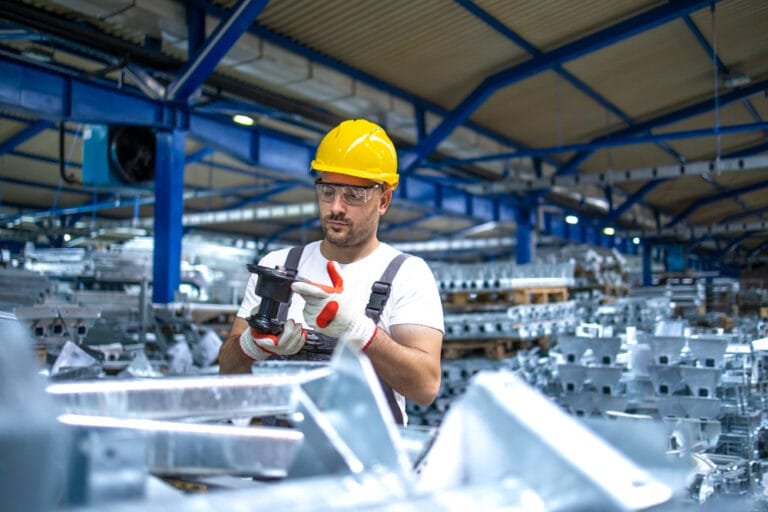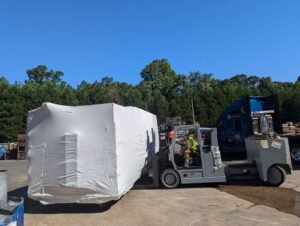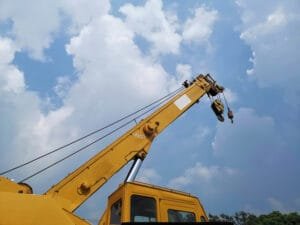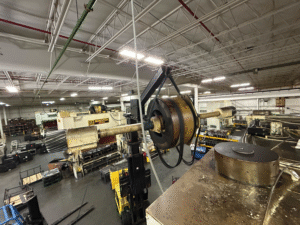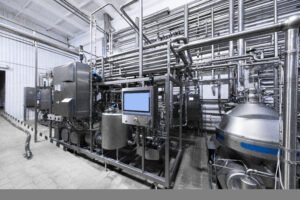The assembly of machinery is a critical step in the manufacturing process. It’s not merely about putting together components, but ensuring that the machine operates efficiently and lasts for a long time. Full-service machine assembly is an approach that encompasses every aspect of the assembly process, from component selection to quality control. In this article, we will explore the key considerations for ensuring optimal performance and longevity when it comes to full-service machine assembly.
Component Selection
- Quality Components – The foundation of any well-assembled machine is the quality of its components. Selecting high-quality parts is the first and most critical step in ensuring optimal performance and longevity. Low-quality or substandard components can lead to frequent breakdowns, reduced efficiency, and increased maintenance costs.
- Compatibility – Not all components are universally compatible. Ensuring that the selected components are designed to work seamlessly with each other is crucial. Incompatibility can lead to a host of issues, including mechanical failures and reduced machine lifespan.
- Consideration of Environmental Factors – Different machines operate in various environments, from clean, controlled settings to harsh and corrosive ones. It’s essential to choose components that are suited for the specific environment in which the machine will operate. This includes selecting materials that can withstand temperature variations, humidity, and exposure to chemicals.
Skilled Workforce
- Expertise in Assembly – Full-service machine assembly requires a skilled workforce with expertise in the specific type of machinery being assembled. This expertise ensures that the assembly process is carried out correctly, minimizing the chances of errors that can lead to future problems.
- Adherence to Standards – Adhering to industry standards and best practices is crucial. Skilled assemblers are not only aware of these standards but also understand how to implement them. This adherence ensures that the machine is safe, reliable, and compliant with regulations.
Precision and Tolerance
- Precision in Assembly – The precision with which components are assembled is directly related to the performance and longevity of the machine. Even minor misalignments or errors in assembly can result in reduced efficiency, increased wear and tear, and, ultimately, a shorter lifespan for the machine.
- Tolerance and Calibration – Machines often have tight tolerance requirements, and calibration is key to meeting these requirements. Proper calibration ensures that the machine functions within the specified parameters, optimizing its performance and extending its operational life.
Testing and Quality Control
- Comprehensive Testing – Full-service machine assembly involves rigorous testing at various stages of the assembly process. This includes functional testing, stress testing, and other relevant assessments to identify any issues that need to be addressed before the machine is put into service.
- Quality Control Measures – Quality control is an ongoing process throughout assembly. It involves not only identifying issues but also implementing corrective measures to ensure that the machine meets the required quality and performance standards.
Regular Maintenance and Servicing
- Preventive Maintenance – Preventive maintenance is a crucial aspect of ensuring the long-term performance and longevity of the machine. Regular inspections, lubrication, and adjustments can help prevent unexpected breakdowns and extend the machine’s life.
- Replacement of Wear Parts – Wear and tear are inevitable in any machine. Knowing when and how to replace wear-prone components is essential. Ignoring this aspect can lead to costly breakdowns and shorter machine life.
Documentation and Records
- Maintenance Records – Maintaining comprehensive records of the machine’s assembly, maintenance, and servicing is vital. These records provide a history of the machine’s life and can be invaluable for troubleshooting and decision-making when issues arise.
- Manuals and Guides – Providing detailed manuals and guides for machine operators and maintenance personnel is essential. These resources ensure that the machine is operated and maintained correctly, minimizing the risk of errors that can reduce its lifespan.
Operator Training & Upgrades
- Proper Training – The performance and longevity of a machine are greatly influenced by the competence of its operators. Providing thorough training to machine operators is essential to prevent operational mistakes and the premature wear and tear that can result from incorrect usage.
- Technological Advancements – Machinery technology is continually evolving. To ensure the long-term competitiveness and performance of a machine, it may be necessary to consider upgrades or modernization to take advantage of new technological advancements.
- Adaptation to Changing Needs – A machine’s purpose may evolve over time, and its assembly should allow for adaptability. Designing machines with modular components or features that can be updated or expanded ensures that they remain relevant and useful.
Environmental Considerations
- Sustainable Practices – Sustainability is an increasingly important consideration in machine assembly. Reducing the environmental impact of machinery and its operation is not only ethical but can also lead to cost savings and positive public perception.
- Recycling and Disposal – Planning for the end of a machine’s life is just as important as its assembly. Recycling and proper disposal of machinery, including its components, should be a part of the overall assembly strategy to minimize environmental impact.
Conclusion
Full-service machine assembly is a comprehensive approach to ensuring the optimal performance and longevity of machinery. It encompasses careful component selection, precision assembly, testing, regular maintenance, and ongoing operator training. By following these key considerations, manufacturers can not only improve the efficiency and durability of their machines but also reduce long-term operational costs and environmental impact. In today’s competitive business environment, full-service machine assembly is a wise investment in the future of manufacturing.
